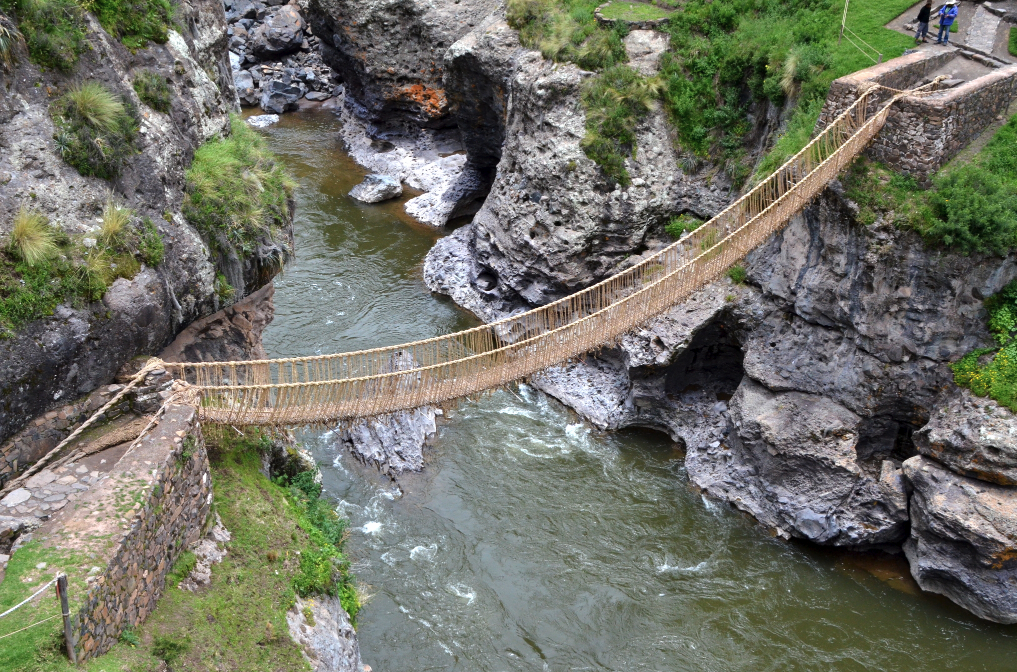Some of the most impressive and strategically significant defensive structures in history protected the ancient city of Constantinople, the capital of the Eastern Roman Empire (Byzantium), which is now Istanbul. The walls of Constantinople, built during different eras, played a pivotal role in shaping the events of the Middle Ages and beyond.
Constructed initially in the early 5th century, the Theodosian Walls, named after the reigning emperor Theodosius II, were a marvel of engineering and afforded the city unprecedented protection. These massive fortifications spanned over four miles in circumference, featuring imposing towers and a wide moat. The impressive speed at which these walls were erected stands as a testament to both the empire's determination and the military prowess of its engineers.
The crown jewel of the Theodosian Walls, the Golden Gate, was a testament to the grandeur and resilience of Byzantine architecture. This majestic entrance was not only a symbol of imperial authority but also a strategic stronghold. Despite their formidable nature, the walls were put to the ultimate test when Constantinople faced a prolonged siege by the Ottoman forces in 1453.
The Ottoman army, under the leadership of Mehmed II, posed a significant threat to the city's defenses. The vulnerability of the walls to cannon fire from the nearby Lycus River Valley became a critical factor in the final assault on Constantinople. The city fell as a result of the Ottomans' relentless bombardment, which eventually breached the previously impenetrable defenses.
Mehmed II's forces overcame the formidable barriers, marking the end of the Byzantine Empire. The fall of Constantinople was a defining moment in history, signaling the transition from the Middle Ages to the Renaissance. The city's capture marked the end of an era and the beginning of a new chapter as Mehmed II entered Constantinople and converted the grand Hagia Sophia into a mosque, altering the city's cultural and religious landscape forever.
The walls of Constantinople, despite their ultimate fall, remain an enduring symbol of resilience and innovation. They were instrumental in shaping the course of history and stand as a reminder of the power struggles, conquests, and cultural transformations that defined the Middle Ages. Even in their demise, they continue to captivate the imagination and serve as a testament to the indomitable spirit of the Byzantine Empire.








